Design Thinking is About Finding Out What Works in the Real World
Design Thinking is a way of optimising human interaction with an enterprise, enabling intuitiveness and faster access — all leading to greater customer satisfaction and increased profit. Innovation is about convincing people to do something in a new way; by contrast, most companies’ successes are built on delivering predictable products by repeatable means. This implies that organisations almost instinctively resist bringing abstract vision into the equation. To be successful, a Design Thinking programme must be closely linked with the organisation’s social dynamics.
Being able to put yourself in the shoes of the customer always has been, and still is, vital for businesses to succeed. Even when you are designing products or services, Design Thinking needs to be about people — as it was for Tesla, for instance. Although it didn’t invent the electric car, its electric vehicle line is one of the most in-demand on the market. Tesla re-engineered the battery to have an average range of more than double that of its competitors. This change alone helped create substantial value and makes the product much more compelling.
The application of Design Thinking goes beyond corporations developing products — in fact, Elon Musk, co-founder at Tesla, has ventured out to create The Boring Company with a mission to alleviate urban congestion by combining affordable tunnelling technology with all-electric public transportation — coinciding with forward-thinking cities including Helsinki, Madrid and Oslo that have announced ambitious plans to eliminate the need for cars. Stay tuned to the upcoming issue of SIGNED, which will cover the integration of Design Thinking with Service Design in Government with the aim to revolutionise inappropriate protocols that dictate socially-unsustainable urban planning.
Over the last decade, Design Thinking has been transformed from a trendy buzzphrase into a business concept with real relevance. At its heart is the absolute necessity of empathising with the people you are designing for. Netflix was founded in 1997 as a DVD-by-mail service, evolving to offer on-demand streaming subscriptions, and is now available in 190 countries. However, its success didn’t happen overnight. First, it distinguished itself from the competition by investing in original content such as Orange Is The New Black and House Of Cards. Then, rather than targeting the masses, it re-designed its platform to cater to different niches. Netflix took the empathy stage of the Design Thinking process very seriously by constantly anticipating what its subscribers will want next.
Design Thinking is both a skill and a mindset. It requires a complete re-orientation of attitudes towards risk-taking. Under the direction of CEO Indra Nooyi, PepsiCo famously recruited Mauro Porcini as its first-ever chief design officer in 2012. Instead of simply changing the design of products, the company focused on the user experience. In a world where relevance changes almost day by day, PepsiCo no longer just competes with other food and beverage brands. “We compete for mindshare and relevance in the life of people,” Porcini explains. “People buy experiences that are meaningful to them, they buy solutions that are realistic, and mostly they buy stories that are authentic.” Figures speak louder than words — with Pepsi’s stock price rising again after several flat years, Nooyi confirms that “design” now has a voice in nearly every important decision that it makes.
Change is inevitable and so is innovation. As demonstrated by companies such as Tesla, Netflix and PepsiCo, Design Thinking as a strategy to innovate is a way of evolving with the trends. Corporations with the mindset of clinging onto previous success are at serious risk of failure.
Others
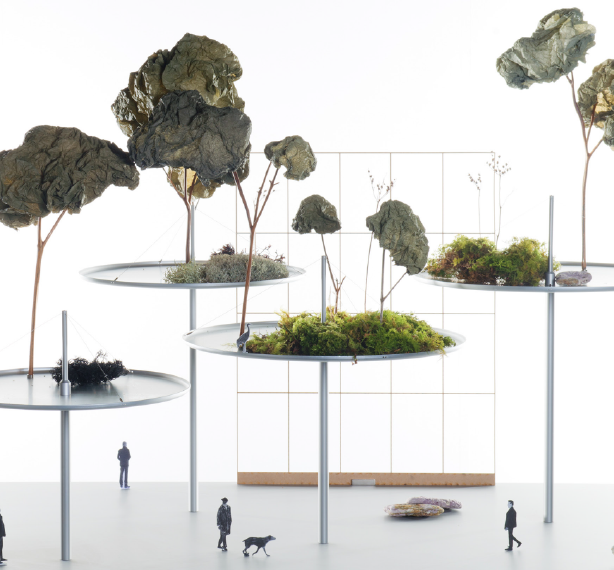
最新動態 | 1 December 2018
Radical New Slant on Cityscapes from French Design Duo Bouroullec Brothers - Urban Daydreaming

最新動態 | 1 December 2018
Crouching designer, hidden cultural identity Tim Yip: Blue — Art, Costumes and Memory

最新動態 | 1 December 2018
How Design Thinking Made Tim a Champion
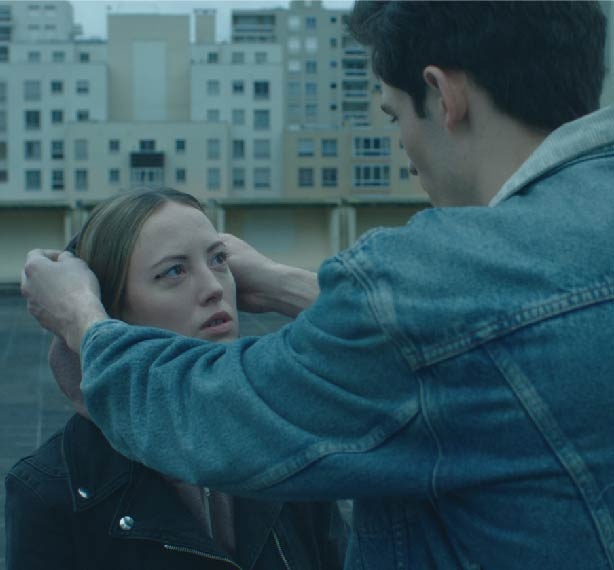
最新動態 | 1 December 2018
Artist Interview - Chic & Artistic
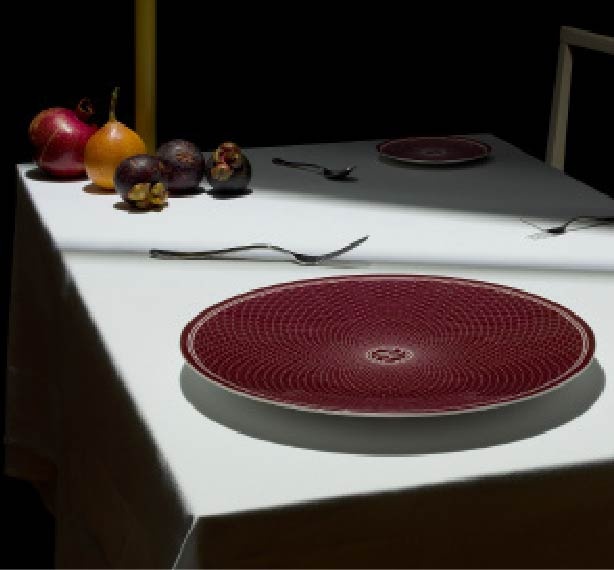
最新動態 | 1 December 2018
Artist Interview - Lochner | Carmichael

最新動態 | 1 December 2018
Artist Interview - Sandrine Dulermo & Michael Labica
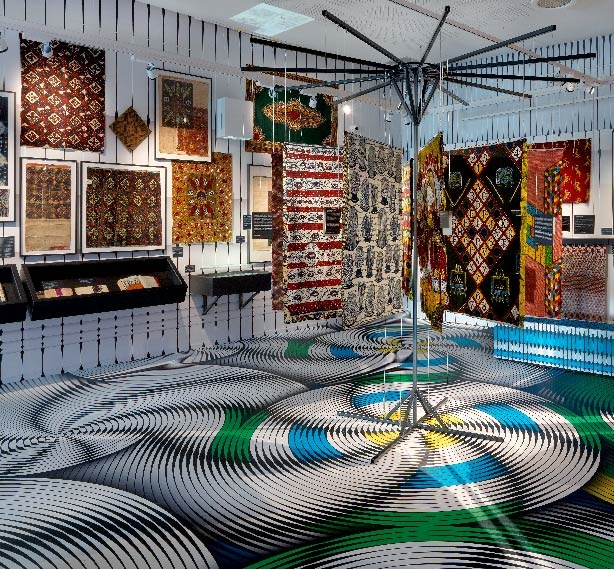
最新動態 | 1 December 2018
Artist Interview - Studio Harm Rensink
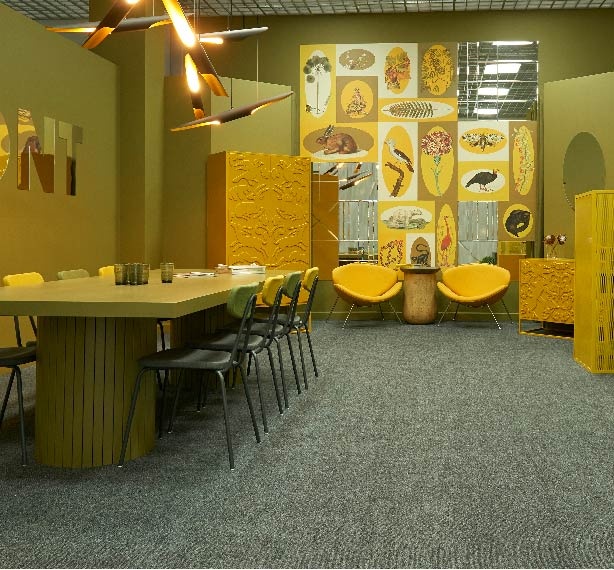
最新動態 | 1 December 2018
Artist Interview - Tsaruk & Ahmadova

最新動態 | 1 December 2018
Why Enterprise Architecture Needs Design Thinking

最新動態 | 1 December 2018
Master Thinker on Health X Design: Professor Ian Gwilt
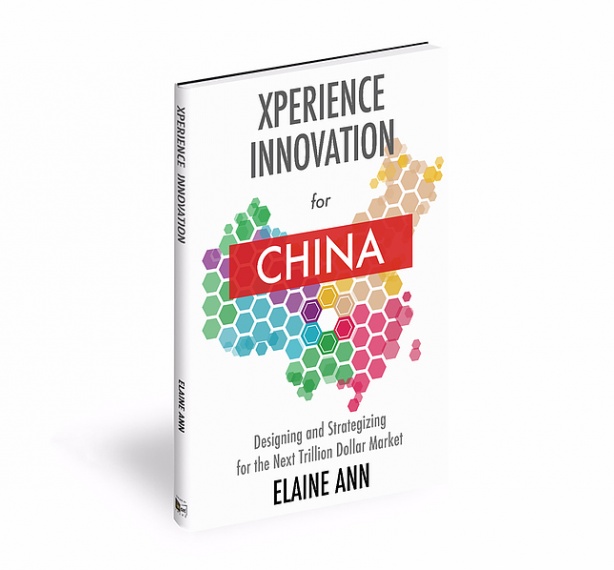
最新動態 | 1 December 2018
Master Thinker on Enterprise X Design: Elaine Ann
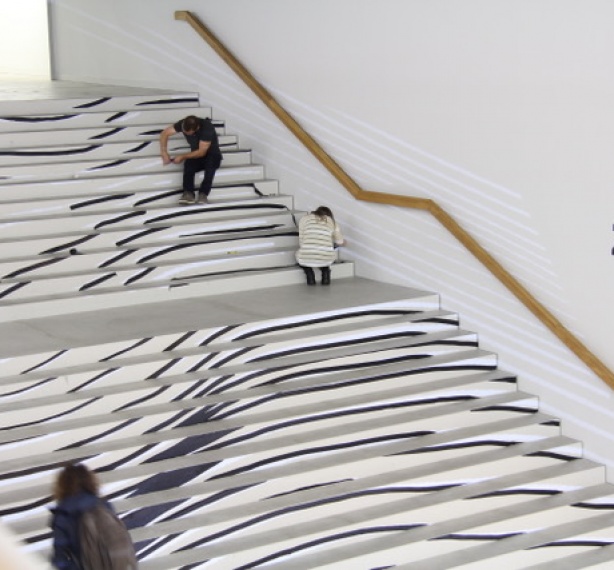
最新動態 | 1 December 2018
Master Thinker on Food X Design - Professor Michael Krohn
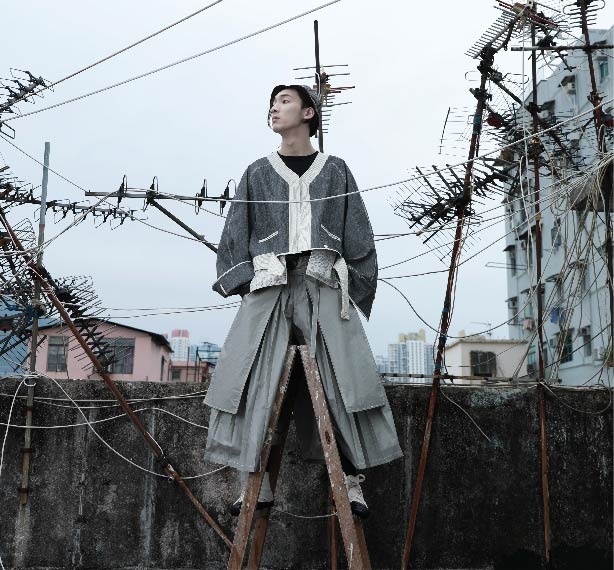
最新動態 | 1 December 2018
HKDI Alumni: The Spirit of Esprit
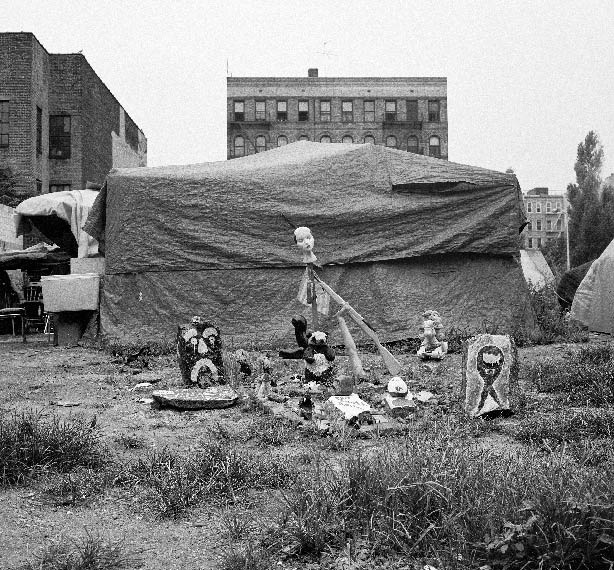
最新動態 | 1 December 2018
Margaret Morton—Fragile Dwelling: Homeless Communities of New York City
